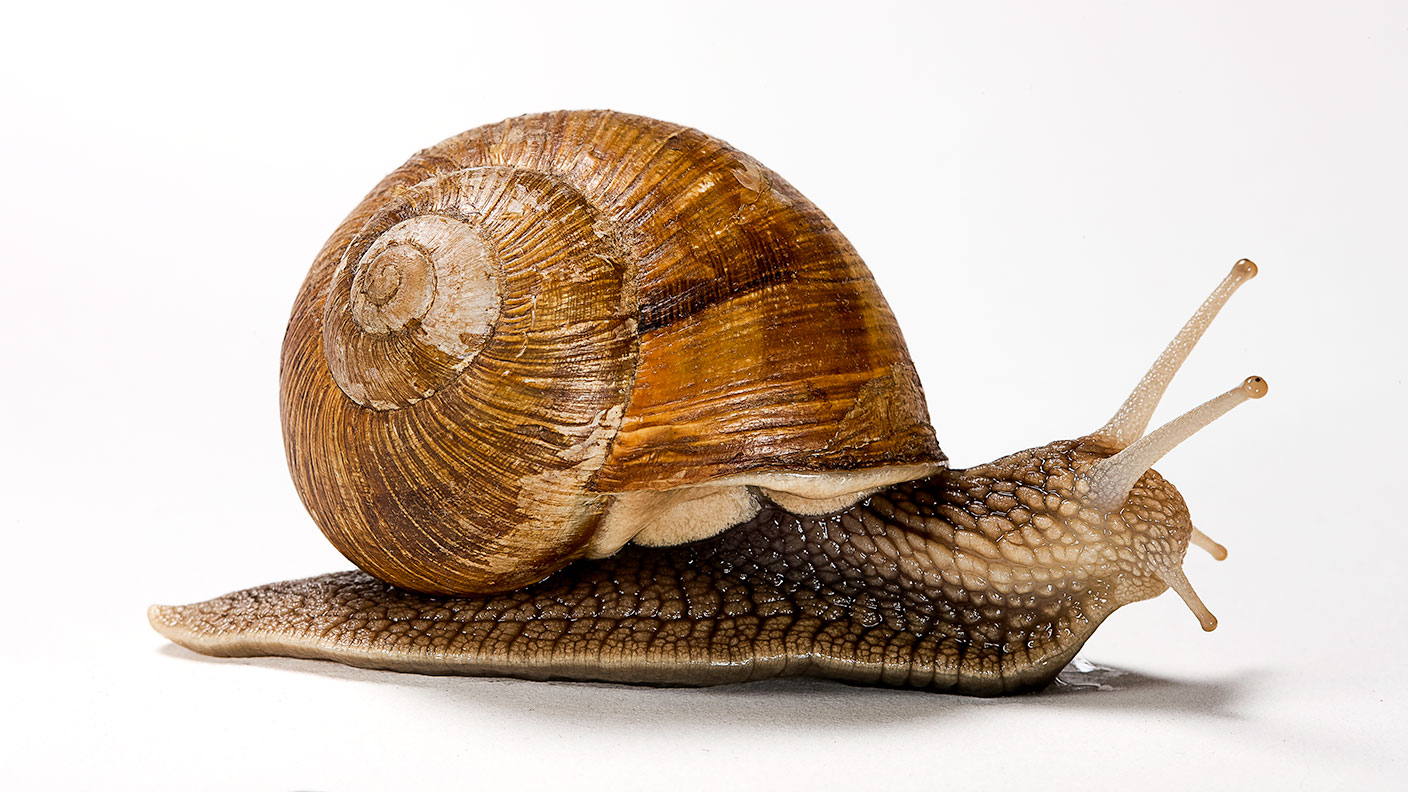2 October 1850: The ‘snail telegraph’ experiment
On this day in 1850, French eccentric Jacques Toussaint Benoît attempted to demonstrate a system of communication based on the telepathic abilities of snails.


Spare a thought for the poor, old Gallic snail. When it's not being dipped in garlic butter, it's being aroused with an electric current. At least, that's what happened on a Wednesday evening on the third floor of a Paris apartment in 1850.
This was the year made famous by the laying of a cross-Channel telegraph cable between Britain and France. But what good is a cable, reasoned French eccentric Jules Allix in La Presse, if it can be destroyed by the sea? A much better idea would be to use snails.
“Animal magnetism” had fascinated scientists for years. The idea was that snails acquired a kind of bond with their partners after mating. This bond took the form of an invisible and unbreakable thread that used the ground as a conductor to transmit signals from snail to snail, whatever the distance.
MoneyWeek
Subscribe to MoneyWeek today and get your first six magazine issues absolutely FREE

Sign up to Money Morning
Don't miss the latest investment and personal finances news, market analysis, plus money-saving tips with our free twice-daily newsletter
Don't miss the latest investment and personal finances news, market analysis, plus money-saving tips with our free twice-daily newsletter
When one snail was stimulated (Allix used the term "commotion escargotique"), the other snail would respond. Mark the letters of the alphabet next to your snails, and voila, you have a telegraph system. And that's exactly what the deranged Jacques Toussaint Benoit intended to prove.
On 2 October, Allix joined Antoine Hippolyte Triat in Benoit's one-room apartment for the demonstration. Triat was a wealthy entrepreneur who had amassed a fortune in running a gym, and had stumped up the cash for the research.
Benoit revealed his device, which he called the “pasilalinic-sympathetic compass”. It comprised an enormous battery and metal cups, each containing a letter of the alphabet and a snail. On the other side of the room was a corresponding compass' of snails. Benot manned one end, while Allix took the other. In the event, Benot just ran between the two.
Not too surprisingly, the experiment raised eyebrows, including Triat's. The London satirical magazine, Punch, thought it was a hoot. It declared that "Mr Punch" had repeated the experiment and that "If he had squelched every one of the former [snails], not one of the latter would have been hurt in the least."
Get the latest financial news, insights and expert analysis from our award-winning MoneyWeek team, to help you understand what really matters when it comes to your finances.

-
 Rightmove: Asking prices set to rise 2% in 2026 after post-Budget market rebound
Rightmove: Asking prices set to rise 2% in 2026 after post-Budget market reboundBuyers and sellers who held off in anticipation of the Budget will come back to the market and contribute to asking prices increasing next year, according to Rightmove
-
 Coreweave is on borrowed time
Coreweave is on borrowed timeAI infrastructure firm Coreweave is heading for trouble and is absurdly pricey, says Matthew Partridge
-
 31 August 1957: the Federation of Malaya declares independence from the UK
31 August 1957: the Federation of Malaya declares independence from the UKFeatures On this day in 1957, after ten years of preparation, the Federation of Malaya became an independent nation.
-
 13 April 1960: the first satellite navigation system is launched
13 April 1960: the first satellite navigation system is launchedFeatures On this day in 1960, Nasa sent the Transit 1B satellite into orbit to provide positioning for the US Navy’s fleet of Polaris ballistic missile submarines.
-
 9 April 1838: National Gallery opens in Trafalgar Square
9 April 1838: National Gallery opens in Trafalgar SquareFeatures On this day in 1838, William Wilkins’ new National Gallery building in Trafalgar Square opened to the public.
-
3 March 1962: British Antarctic Territory is created
Features On this day in 1962, Britain formed the British Antarctic Territory administered from the Falkland Islands.
-
10 March 2000: the dotcom bubble peaks
Features Tech mania fanned by the dawning of the internet age inflated the dotcom bubble to maximum extent, on this day in 2000.
-
9 March 1776: Adam Smith publishes 'The Wealth of Nations'
Features On this day in 1776, Adam Smith, the “father of modern economics”, published his hugely influential book The Wealth of Nations.
-
 8 March 1817: the New York Stock Exchange is formed
8 March 1817: the New York Stock Exchange is formedFeatures On this day in 1817, a group of brokers moved out of a New York coffee house to form what would become the biggest stock exchange in the world.
-
7 March 1969: Queen Elizabeth II officially opens the Victoria Line
Features On this day in 1969, Queen Elizabeth II took only her second trip on the tube to officially open the underground’s newest line – the Victoria Line.